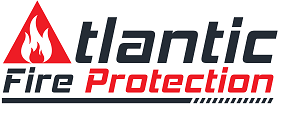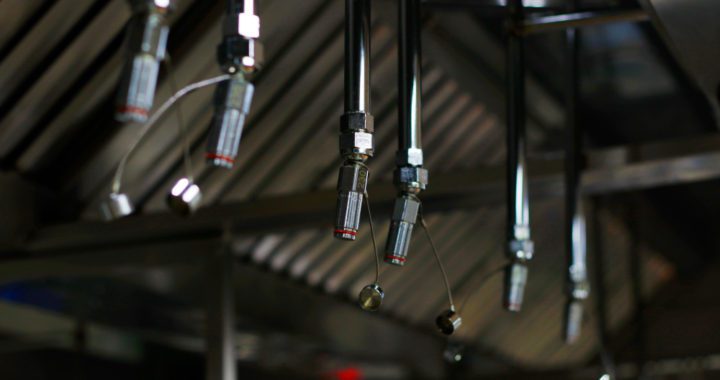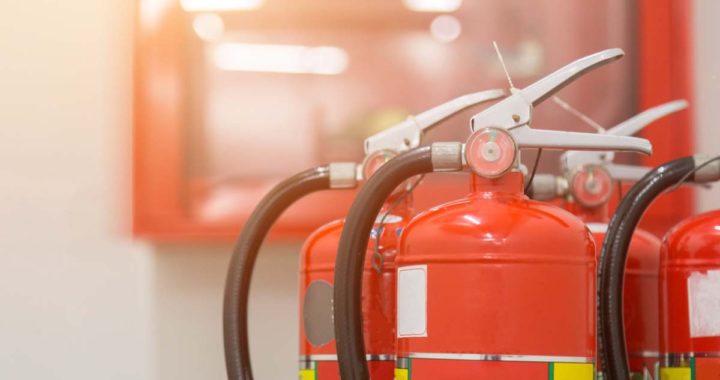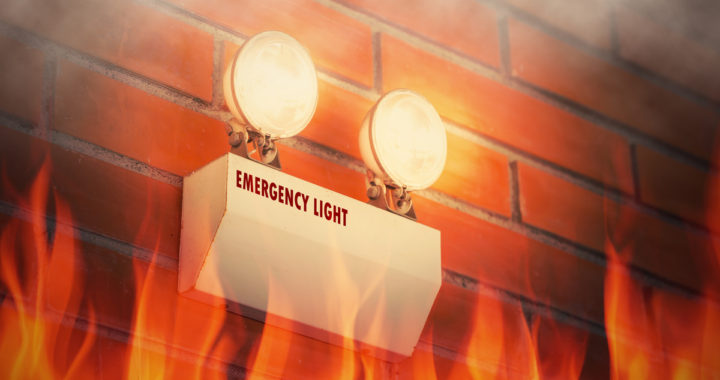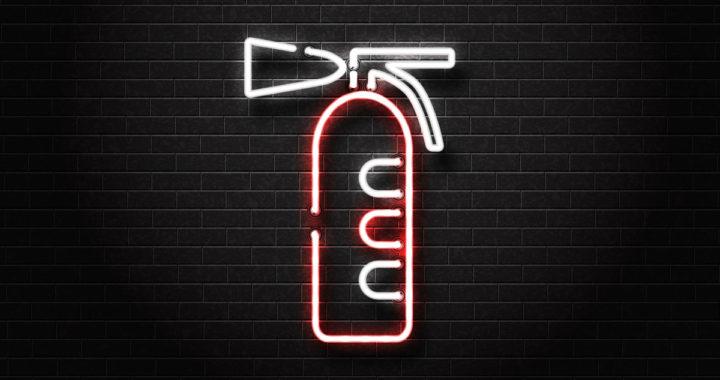Commercial kitchen ventilation systems are crucial components of a safe and healthy workplace environment. Hoods above cooking areas such as stoves, griddles, fryers, and grills are essential for commercial kitchen ventilation systems that draw air and debris away from the cooking surface and out of the building. The hood over a cooking surface may seem unremarkable, but what appears to be a simple box at first glance houses a complex system of interconnected parts that work in tandem for efficient ventilation.
To effectively remove some debris from the air, a commercial hood ventilation system requires numerous functioning parts of an exhaust system that begin with the equipment directly above the cooking surface. It runs to the roof of the building. Let’s look at the anatomy of a commercial ventilation system.
Commercial Kitchen Hood
The hood is the central hub for the interior exhaust system that houses many other critical components of the ventilation system. Generally, the hood sits directly above the cooking surface to catch and direct as much smoke and debris as possible that comes from the surface.
Upblast Exhaust Fan
These fans sit on the restaurant’s exterior on the roof or the side of the building and drive exhaust out of the ventilation system. Upblast exhaust fans should be equipped with one or more grease filters to prevent grease from spilling onto the roof or building.
Make-up Air Unit
The make-up air unit’s job is to replace the exhaust removed from the cooking area with non-contaminated air. These units can be either tempered or non-tempered and should replace 100 percent of the removed exhaust with clean at peak performance.
Commercial Kitchen Hood Fire Suppression Systems
All commercial kitchen hood systems must have fire suppression systems that pass certification by successfully extinguishing an oil fire above 680 degrees Fahrenheit. Hood fire suppression systems release chemical agents or water to achieve these results. Depending on codes, fire suppression systems can be mounted inside the hood or nearby.
Hood Filter Bank
The hood filter bank houses the grease filter that catches oil and debris before they enter the exhaust system. If too much waste and grease make it into the exhaust system, decomposition is accelerated, and the risk of fire increases.
Two Primary Types Of Commercial Kitchen Ventilation Hoods
- Type 1- The first commercial kitchen ventilation hood is necessary for cooking surfaces that expel grease. These hoods are fully-welded and located on a wall or ceiling, depending on where the cooking surface sits.
- Type 2- The second hood type is used when the cooking surface produces only heat and condensation. These hoods don’t have a grease filter and can be fully welded or constructed from a standard galvanized duct.
